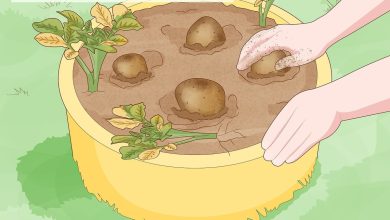Plant Parts: [Root, Stem, Leaves, Flowers and Fruits]
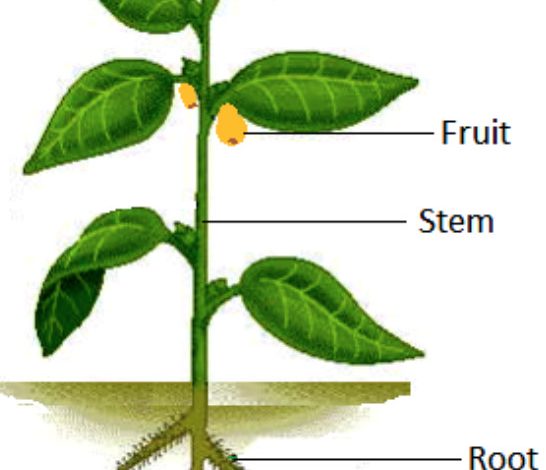
In this article you will learn what the different parts of a plant are and what functions they have in the development of these wonderful living beings.
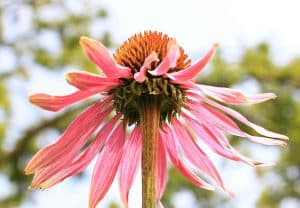 A plant is a living being that belongs to the plant kingdom and has an organic composition and structure. Their origin can be found beyond 500 million years and they were the first living beings to colonize the terrestrial environment.
A plant is a living being that belongs to the plant kingdom and has an organic composition and structure. Their origin can be found beyond 500 million years and they were the first living beings to colonize the terrestrial environment.
Plants grow in almost all parts of the world, some so small that they can only be seen through a microscope, others as tall as pine trees that can be seen from afar.
Different plant species grow not only at ground level in well-watered land but also in oceans, rivers, lakes, and swamps; in deserts, on rocks, on tree branches, and on pieces of rotten wood, among others.
Some plants eat insects and others steal food from their neighbors; Unlike all living things, plants spend their entire lives in silence and in one place.
All plants as living beings manufacture their own organic matter through photosynthesis, which is why they are also called autotrophic beings.
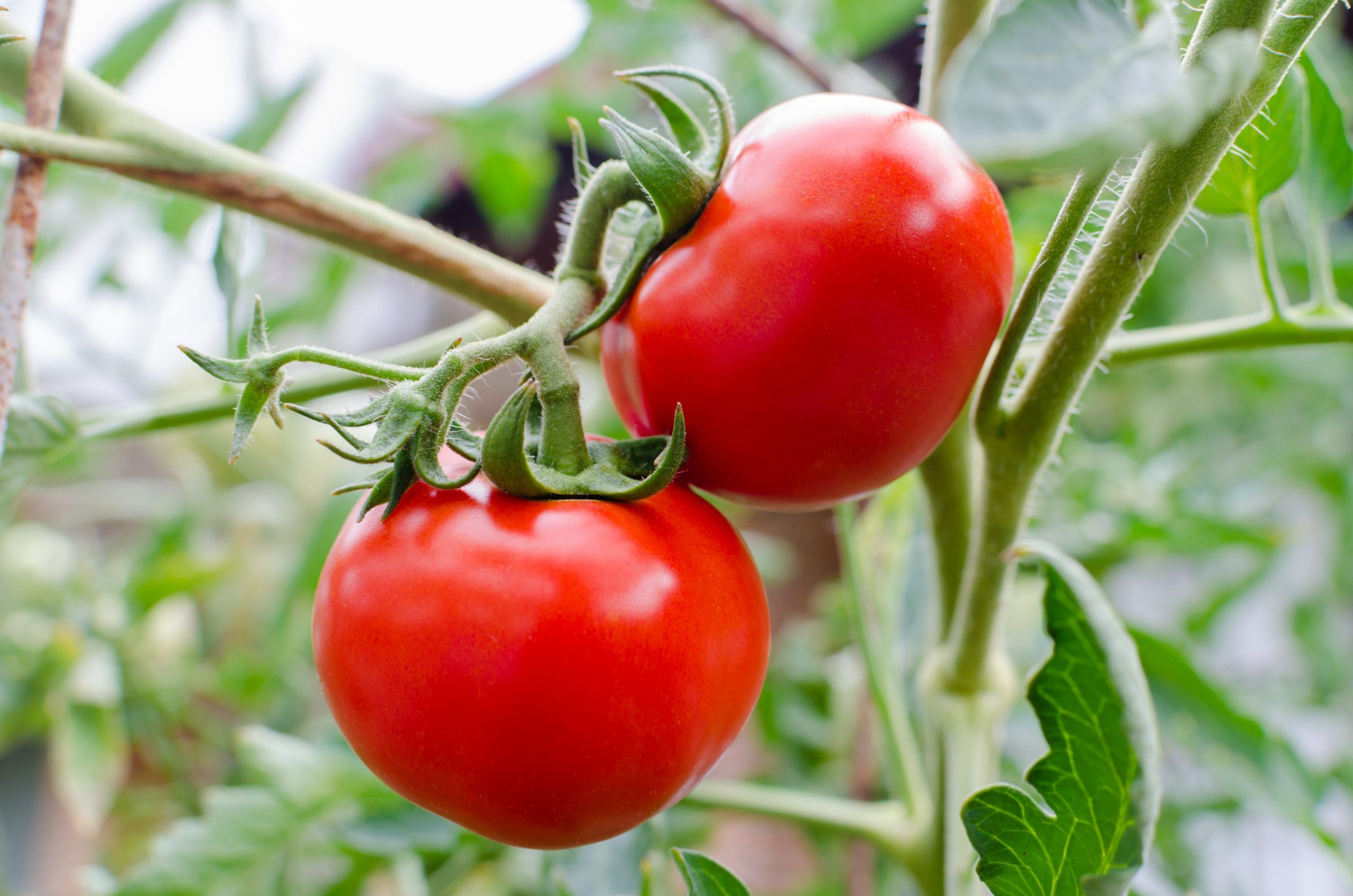
From the simplest plant to the most complex, they have the following structure: root, stem, leaves, flowers and fruits.
Root
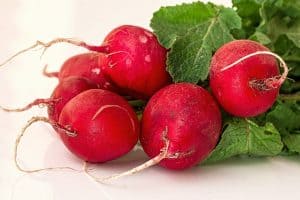 It constitutes the organ of the plant that grows in the opposite direction to the stem, supports the plant, absorbs water and nutrients from the soil.
It constitutes the organ of the plant that grows in the opposite direction to the stem, supports the plant, absorbs water and nutrients from the soil.
The root structure is composed of an axis or main root from which several lateral axes or secondary roots emerge, which have a large number of absorbent hairs.
Protecting the end of the root is a bulge called a cap. And the part of the root that separates the cap from the absorbent hairs is the growth zone.
root functions
The roots perform two main functions: 1-. Fix the plant to the ground and 2 assimilate, through its absorbent hairs, the water and the mineral salts that will constitute the raw sap.
There are three types of roots according to their shape.
- axonomorphic root. It is the one that shows a main root, from which several lateral axes or secondary roots come out. It is characteristic of the bean.
- Fasciculated root. In it, the main root of the secondary ones is not distinguished, since they have the same thickness and are arranged like a tuft of hairs, for example, the root of the onion.
- Napiform root. It is formed by a very thick main root, in which reserve substances accumulate. This is the case of carrot root.
Through a part called the neck, the root joins the next part of the plant: the stem.
Stem
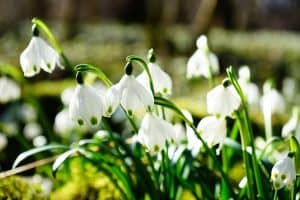 It is the main structure or axis of the plant thanks to which it stands upright, supports the flowers and leaves and is a communicating vessel between the leaves and the root.
It is the main structure or axis of the plant thanks to which it stands upright, supports the flowers and leaves and is a communicating vessel between the leaves and the root.
In the main axis of the stem, the nodes where the leaves and branches arise are distinguished. The space between two nodes is called an internode.
The buds are the shoots of the stem that allow its development and these can be terminal; which are responsible for the growth and length of the stem and the axillaries from which the branches grow.
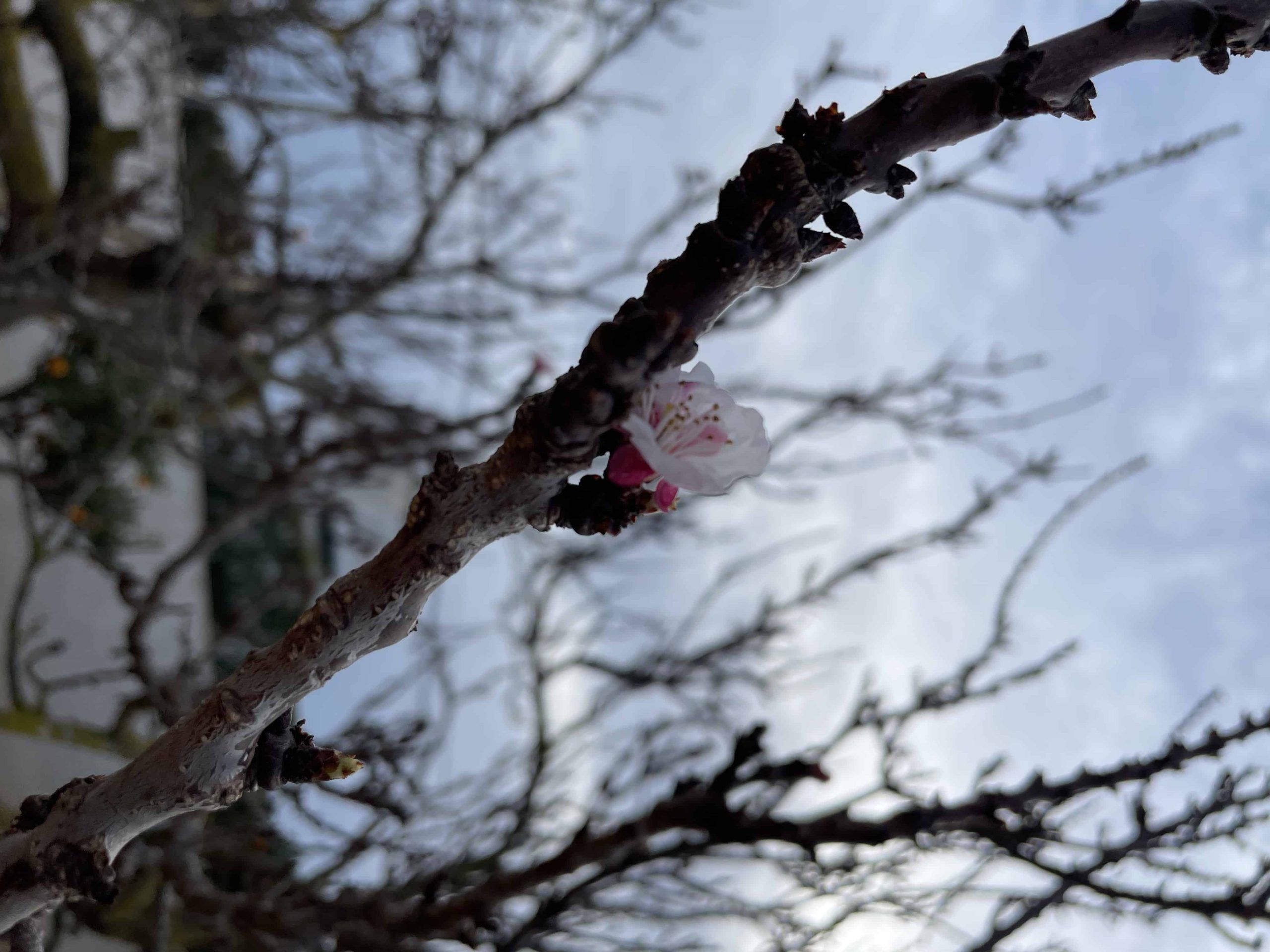
stem functions
The stem supports the leaves and the flowers so that; the former can carry out photosynthesis and the latter, carry out their reproductive task.
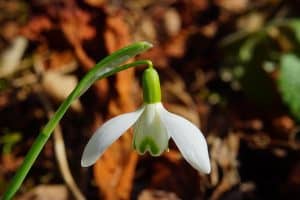 It also has a conductive vessel function for the substances absorbed by the root (raw sap) that ascend through its interior to the leaves, from where the nutrients produced during photosynthesis (processed sap) are distributed throughout the plant.
It also has a conductive vessel function for the substances absorbed by the root (raw sap) that ascend through its interior to the leaves, from where the nutrients produced during photosynthesis (processed sap) are distributed throughout the plant.
types of stems
The stems are classified according to three criteria:
- Duration. They can be annuals, if they grow for a whole year, and perennials, if they grow for two or more years.
- Consistency. They are herbaceous if they are soft and green, and woody if they are hardy and not green.
- Disposition with respect to the ground. They can be aerial, aquatic or underground.
Aerials are the most frequent; the normal thing is that they are erect, like that of a pine or a palm tree, but they can also be climbers, as in the case of the ivy stem.
Aquatic develop under water, for example, those with water lilies. Underground grow underground and are usually thick because they accumulate reserve substances.
Sheets
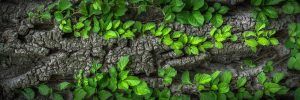 Leaves are the sheet-like extensions, usually green, that grow from the trunk or branches.
Leaves are the sheet-like extensions, usually green, that grow from the trunk or branches.
leaf parts
- The blade, or lamellar part of the leaf.
- The Beam that is the upper face, and the lower face, underside, which is crossed by the nerves, which are the vessels through which the raw and elaborated saps flow.
- The petiole, the corner where the leaf joins the stem.
It is also the structure that absorbs light and functions as the plant’s food factory; site of photosynthesis.
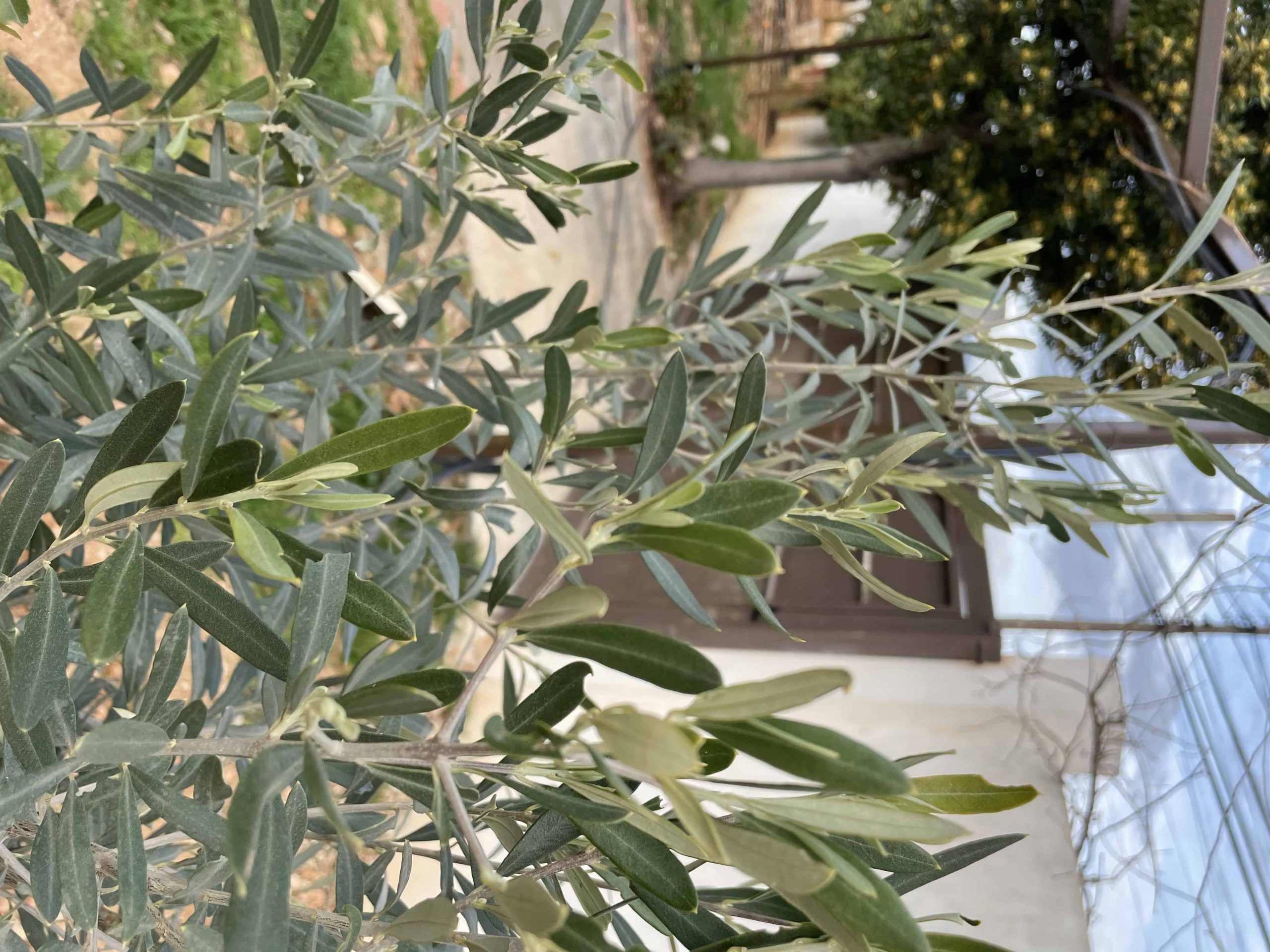
sheet functions
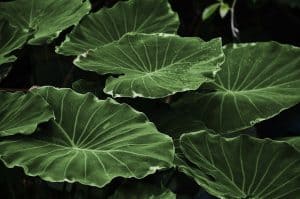 In the leaves photosynthesis is carried out, a process by which the organic matter that serves as food for the plant is manufactured. The leaves regulate the amount of water that reaches the entire plant through transpiration, a mechanism for eliminating water in the form of steam.
In the leaves photosynthesis is carried out, a process by which the organic matter that serves as food for the plant is manufactured. The leaves regulate the amount of water that reaches the entire plant through transpiration, a mechanism for eliminating water in the form of steam.
This loss of water occurs during the day through the stomata, which are holes found on the underside, the underside, of the leaves.
Kind of leafs
The different types of leaves are classified according to the following arrangements:
Type of rib
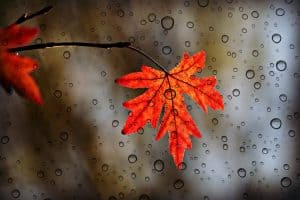 Uninervias: If the leaves have a single nerve, like those of pines.
Uninervias: If the leaves have a single nerve, like those of pines.- Pinnate: If they present a main nerve from which other secondary nerves depart;
- Palmate: If other secondary points of the same importance as it come out of a point of the main nerve, we speak of a palmate nerve;
- Parallel: If they show a bundle of parallel nerves from one end of the leaf to the other.
limb shape
- Simple, when the limb is whole, that is, it is made up of a single piece, and
- Compound, if the limb is divided into pieces called leaflets.
limb edge
- Leaves can be entire (smooth edge),
- serrated, toothed,
- Scalloped (wave-shaped edge),
- Lobed (lobe-shaped edge, that is, with rounded and protruding parts),
- cleft (border divided into lobes of irregular type),
- Games, etc.
Flowers
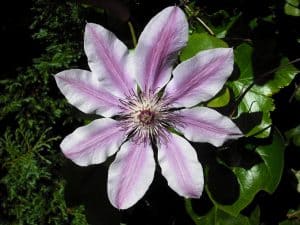 They are the reproductive structure of angiosperm plants. This part is more conspicuous in angiosperms than in gymnosperms.
They are the reproductive structure of angiosperm plants. This part is more conspicuous in angiosperms than in gymnosperms.
The flowers are composed of:
- Sepals. They form the calyx, which protects the internal parts of the flower.
- petals. Generally colored leaves that attract insects to carry pollen. The set of petals forms the so-called corolla.
- carpels. Set of welded leaves that are located inside the flower. They form the female reproductive organ or pistil.
- stamens. They are the reproductive organ
- masculine of the flower
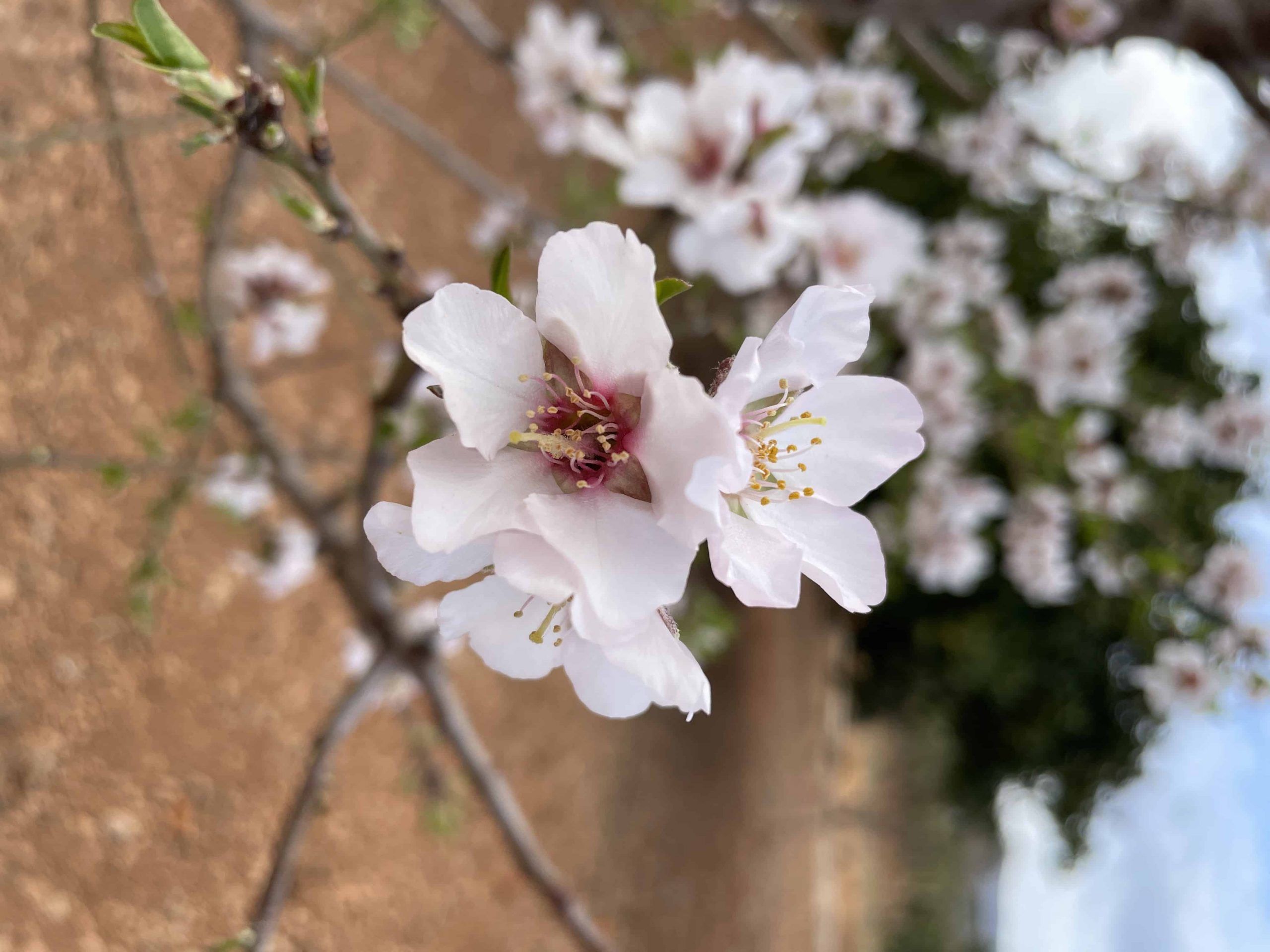
fruits and seeds
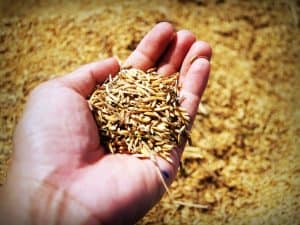 Angiosperms are characterized by the fact that they produce fruits, organs from the ovary of the flower that can contain one or several seeds inside, which once germinated give rise to new plants.
Angiosperms are characterized by the fact that they produce fruits, organs from the ovary of the flower that can contain one or several seeds inside, which once germinated give rise to new plants.
The fruit is the mature, developed ovary of flowering plants. The wall of the ovary thickens as it becomes the wall of the fruit and is called the pericarp, whose function is to protect the seeds.
In gymnosperms and nonflowering plants there are no true fruits, although certain reproductive structures, such as pine cones, are commonly mistaken for fruits.
The fruits are mainly divided into:
- Fleshy: When the part that surrounds the seed is a juicy mass, for example, like tomato and peach.
- Dry: If the seed is surrounded by a more or less hardened structure, such as sunflower seeds or walnuts.
The fruits are responsible for dispersing the seeds so that they can germinate and develop. In order for them to develop and originate a new plant, they must fall in a suitable place:
Seed dispersal process
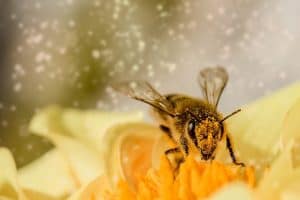 For the support of animals: Some fruits serve as food for animals, but their seeds are not digested and pass through the digestive tract without undergoing changes. Subsequently, they are expelled with the feces in different places, which favors their dispersion.
For the support of animals: Some fruits serve as food for animals, but their seeds are not digested and pass through the digestive tract without undergoing changes. Subsequently, they are expelled with the feces in different places, which favors their dispersion.- Through the transport of animals: The non-edible fruits adhere to the skin of the animals by means of fixing hooks and are transported, in this way, from one place to another.
- Because of the wind. There are other types of fruit where the calyx is transformed into a set of hairs, the pappus or «pinwheel», which favors its dissemination by the wind. Winged fruits, such as those of the maple and elm, are also carried by the wind.
- For other supports: In other fruits such as coconuts, the seeds have covers that allow them to float and disperse through the water.
Bibliography and references
- Fragoso, R; Luisier A., (1971) Natural History, life of animals and plants. Seventh Edition, Gallach Institute of Bookstore and Editions, SL Barcelona-Spain.
- Encyclopedia My first knowledge about Plants, Snakes and Conservation. (1961). Spanish edition by Dr. Frank Thompson. Grolier Publisher Incorporated New York. Printed in Mexico.
digital database
- 10 floors. Materials in PDF. Reproduced from: www.jardinbotanico.uma.es › stories › downloads › quad PDF
- Parts of plants and flowers. Materials in PDF. Reproduced from: https://www.blm.gov/or/resources/recreation/mcgregor/files/parts_of_plants.pdf.
- Duran Orta, Margarita. Plant organography. Hidalgo State University. Materials in PDF. Reproduced from: https://www.uaeh.edu.mx/docencia/P_Presentaciones/prepa3/organografia_vegetal.pdf.
- Silva Anahí, Plant Biology. Page 1. ISFD – Higher Normal School – Argentine Teachers. Materials in PDF. Reproduced from: https://webcache.googleusercontent.com/search?q=cache:aix9ExbDWpQJ:https://red.infd.edu.ar/blog/wp-content/uploads/2014/11/SilvaLibro-digital-Bot %25C3%25A1nicapdf-1.pdf+&cd=17&hl=es-419&ct=clnk&gl=ve&client=firefox-bd

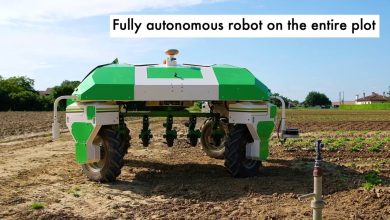
![Photo of Rockery: [Cultivation, Irrigation, Associations, Pests and Diseases]](https://www.complete-gardening.com/wp-content/uploads/2022/08/rockery-cultivation-irrigation-associations-pests-and-diseases-390x220.jpg)
![Photo of Gloxinia: [Characteristics, Cultivation, Care and Disadvantages]](https://www.complete-gardening.com/wp-content/uploads/2022/08/gloxinia-characteristics-cultivation-care-and-disadvantages-390x220.jpg)
